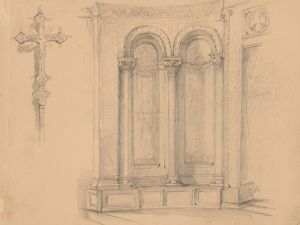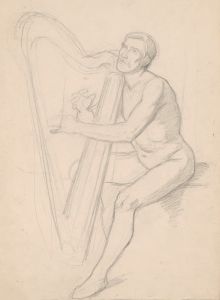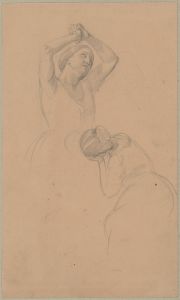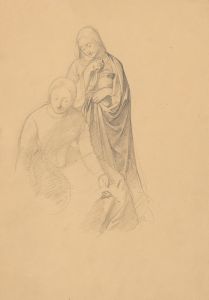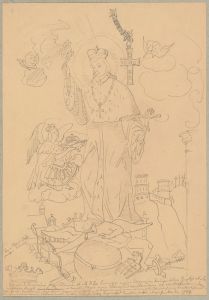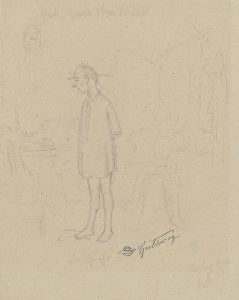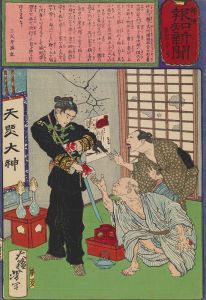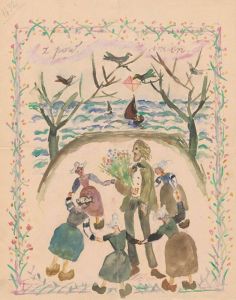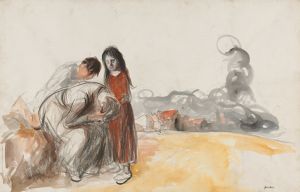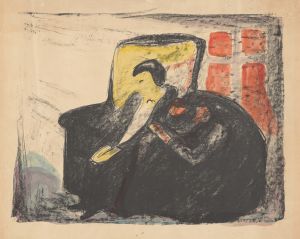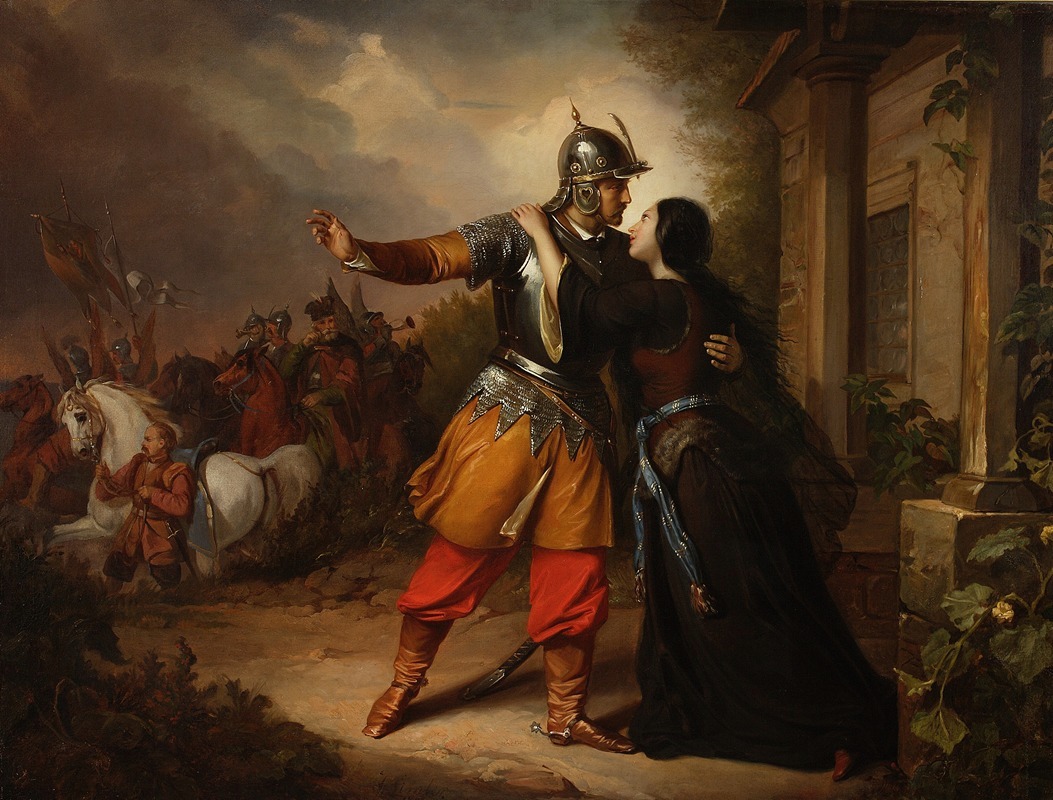
Wacław’s farewell to Maria
A hand-painted replica of Józef Simmler’s masterpiece Wacław’s farewell to Maria, meticulously crafted by professional artists to capture the true essence of the original. Each piece is created with museum-quality canvas and rare mineral pigments, carefully painted by experienced artists with delicate brushstrokes and rich, layered colors to perfectly recreate the texture of the original artwork. Unlike machine-printed reproductions, this hand-painted version brings the painting to life, infused with the artist’s emotions and skill in every stroke. Whether for personal collection or home decoration, it instantly elevates the artistic atmosphere of any space.
Wacław’s Farewell to Maria is a painting created in 1866 by the Polish artist Józef Simmler, a prominent figure in 19th-century Polish art. Simmler was known for his mastery of historical and genre painting, often focusing on themes of Polish history, culture, and emotional depth. This particular work is considered one of his most famous and evocative pieces.
The painting depicts a poignant scene inspired by the novel Maria (1825) by Polish Romantic writer Antoni Malczewski. The story is a tragic tale of love and loss, set in the Ukrainian steppes, and is considered one of the earliest examples of Polish Romantic literature. In the painting, Wacław, the male protagonist, is shown bidding farewell to his wife, Maria, in a moment of deep sorrow and tenderness. The scene captures the emotional intensity of their parting, reflecting the themes of love, sacrifice, and impending tragedy that are central to Malczewski's narrative.
Simmler’s work is characterized by its meticulous attention to detail, realistic rendering of textures, and skillful use of light and shadow to enhance the emotional atmosphere. In Wacław’s Farewell to Maria, the artist employs a subdued color palette, emphasizing the somber mood of the scene. The figures are portrayed with great sensitivity, their expressions and body language conveying a profound sense of grief and resignation.
The painting is also notable for its historical and cultural significance. Created during a period of political upheaval and national struggle in Poland, it resonated deeply with Polish audiences of the time. The themes of love, loss, and sacrifice in the face of adversity were seen as symbolic of the broader struggles of the Polish nation under foreign occupation.
Today, Wacław’s Farewell to Maria is regarded as a masterpiece of Polish Romantic art. It is housed in the collection of the National Museum in Warsaw, where it continues to be admired for its artistic and emotional power. The painting remains an important cultural artifact, reflecting both the artistic achievements of Józef Simmler and the enduring legacy of Polish Romanticism.





